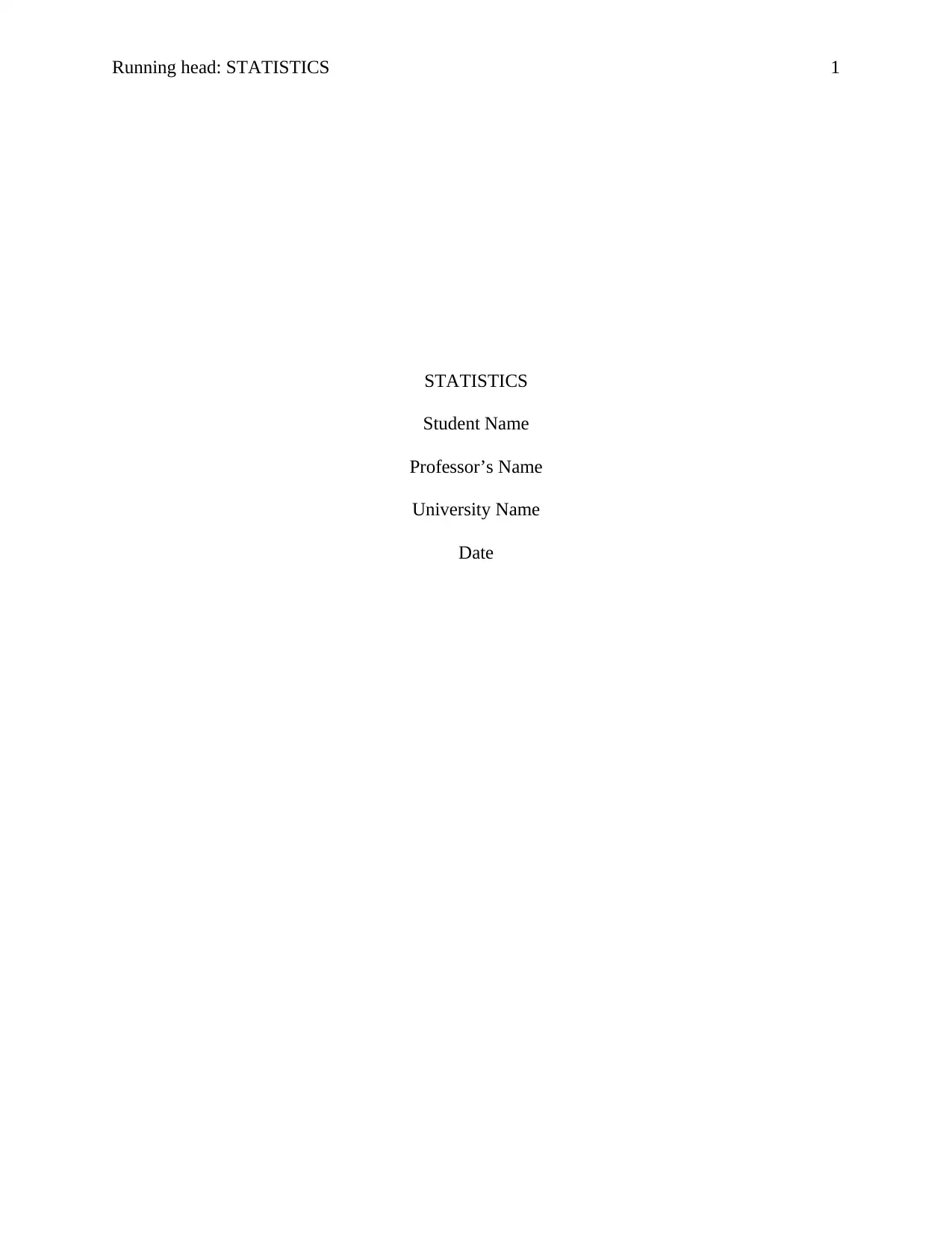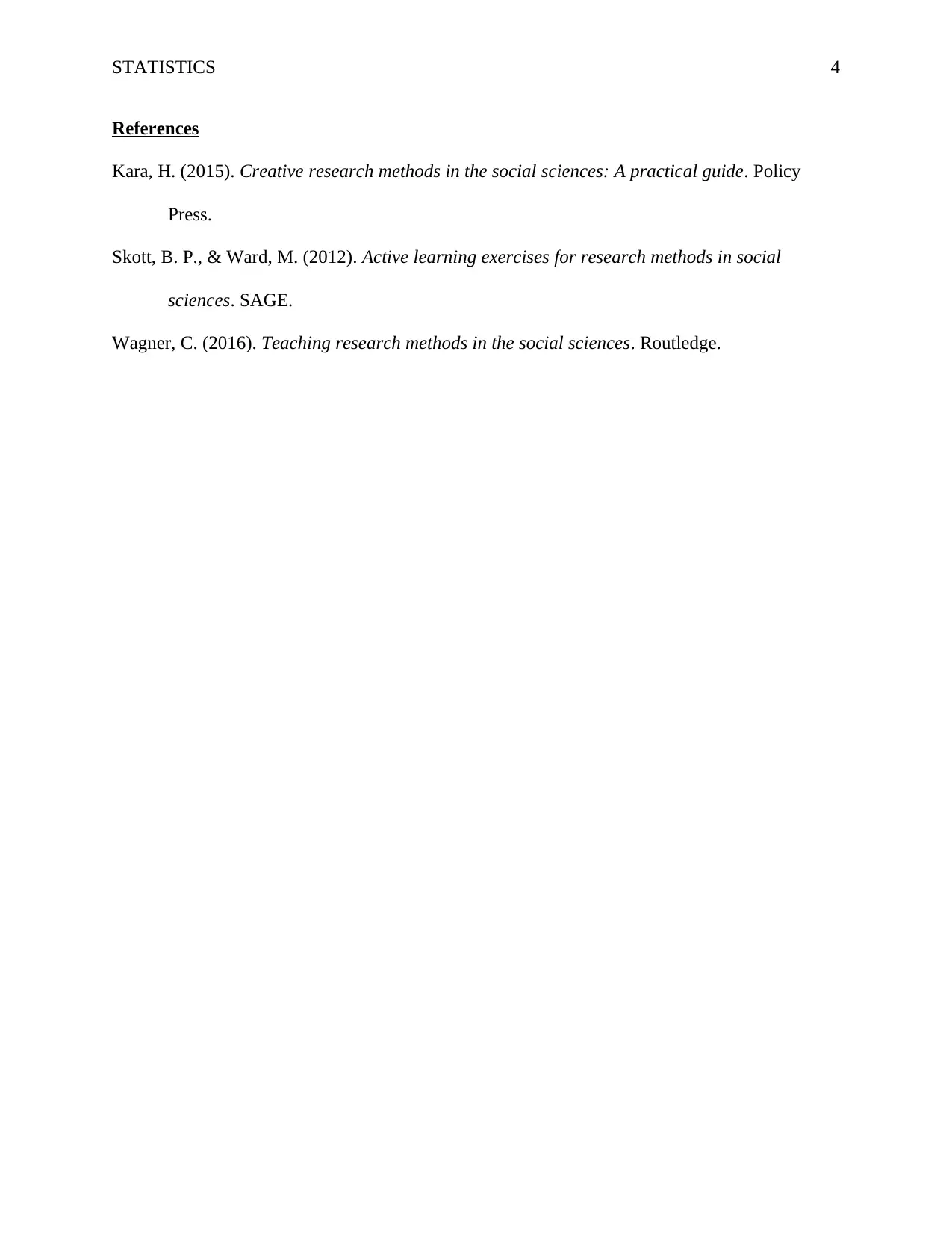Analysis of Validity, Reliability, and Ethical Issues in Statistics
VerifiedAdded on 2022/08/01
|4
|628
|64
Homework Assignment
AI Summary
This assignment addresses the concepts of validity and reliability in statistical research, highlighting potential ethical challenges. It discusses how the design of a research study, selection of sample sizes, and the choice of measurement tools can impact the validity and reliability of findings. The assignment also explores technical approaches to enhance validity and reliability, such as improving measurement techniques, controlling variables, and increasing randomization to reduce bias. Furthermore, it provides guidance on how to handle situations where research findings become politicized, suggesting methods like consulting stakeholders and seeking alternative explanations. References to relevant literature are included to support the arguments presented.
1 out of 4











![[object Object]](/_next/static/media/star-bottom.7253800d.svg)